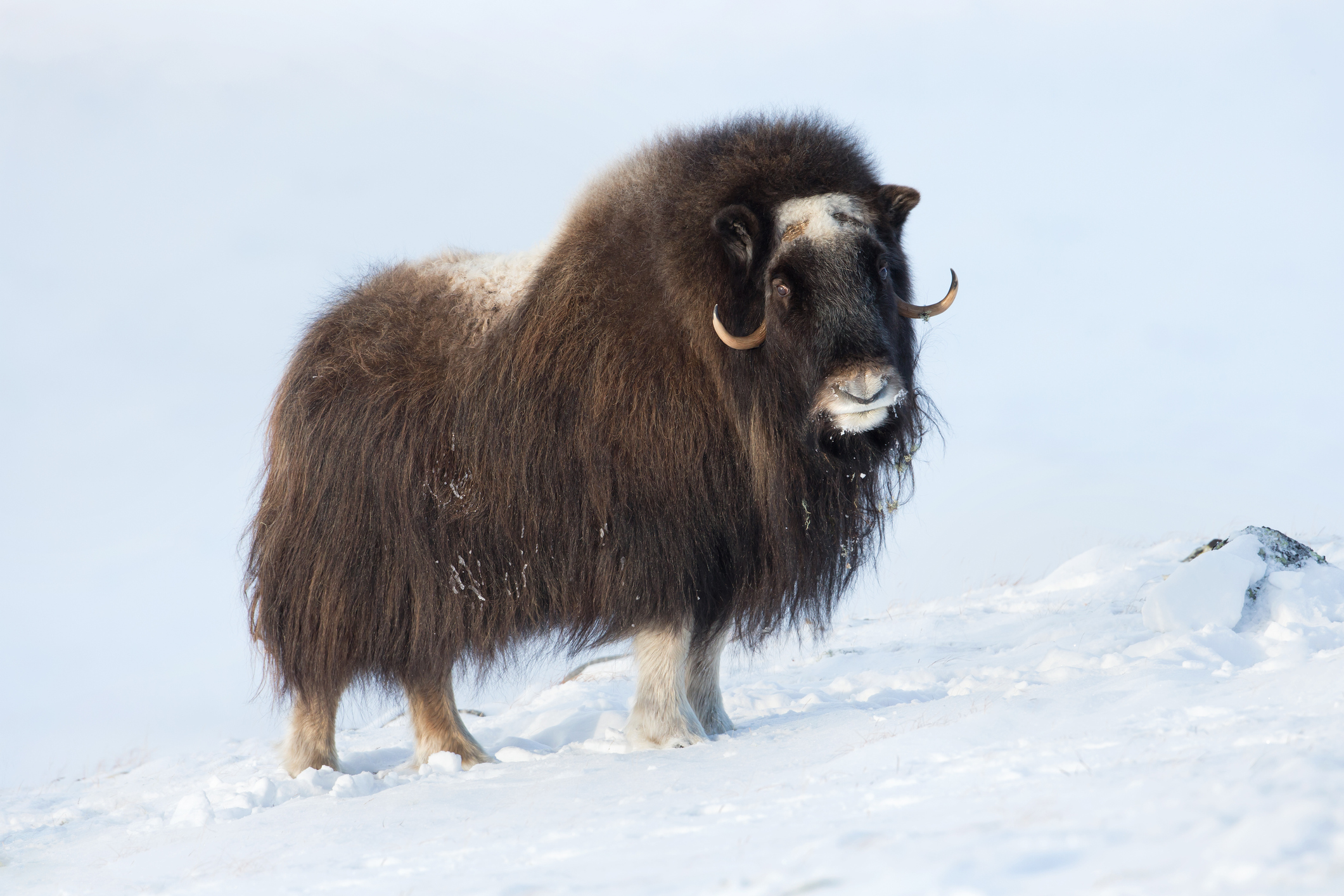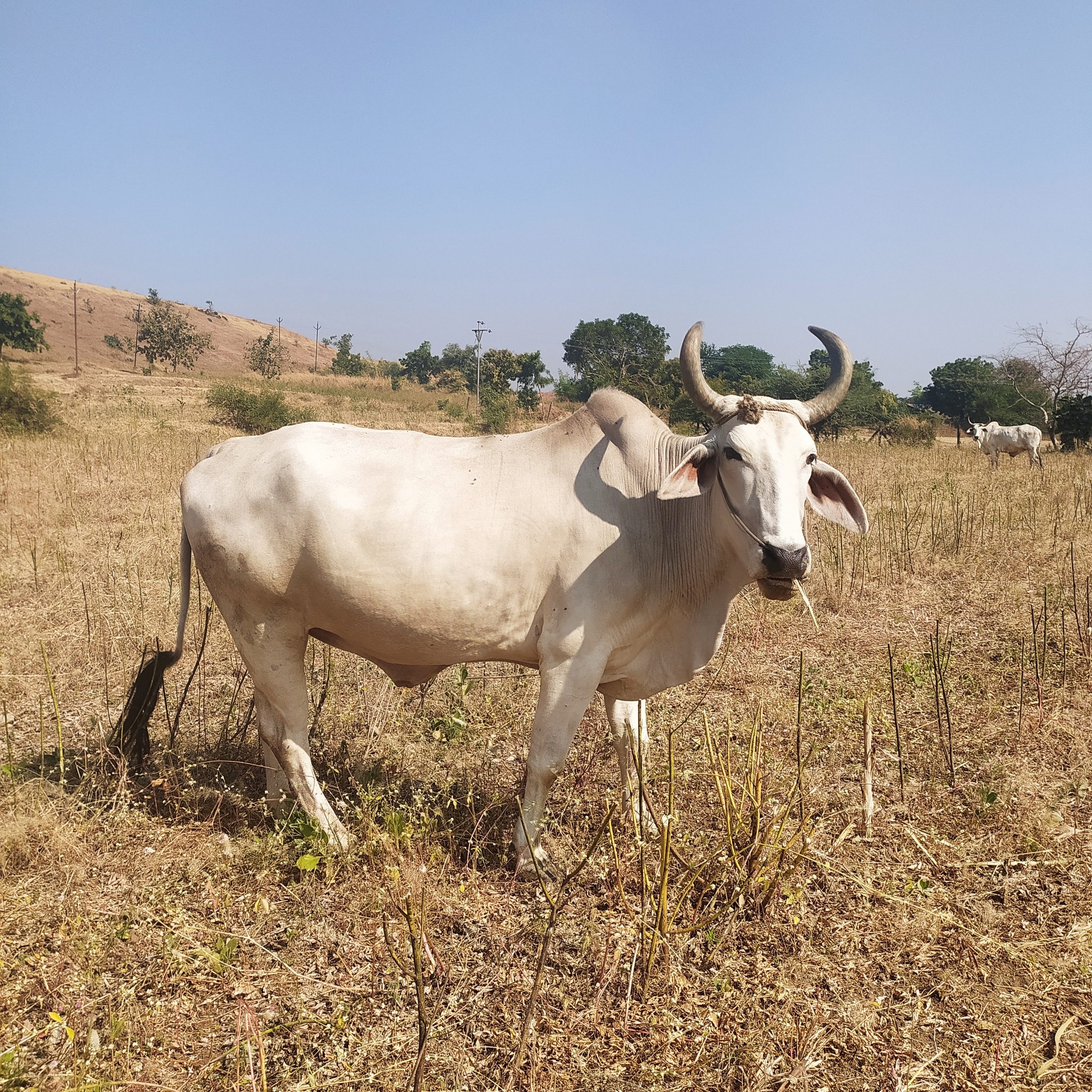Ox: The Unsung Hero Of The Farm And Beyond
Hey there, fellow curious minds! Let's dive right into the world of an incredible creature that has been around for centuries, yet often flies under the radar. The ox, or as some might call it, the workhorse of the agricultural world, is a beast that deserves more than just a passing mention. This majestic animal has been a backbone to civilizations, shaping the way we farm, build, and even transport goods. So, let's give the ox the spotlight it truly deserves, shall we?
Picture this: a vast open field, the sun rising slowly in the horizon, and the steady rhythm of hooves against the earth. That's the ox in action. These animals have been instrumental in the development of agriculture, and their strength and endurance have been unmatched by any other domesticated animal. They've pulled plows, transported heavy loads, and even powered mills. The ox is more than just a farmhand; it's a symbol of resilience and hard work.
But why focus on the ox now? In a world where tractors and machinery have taken over, you might wonder if the ox is still relevant. The answer is a resounding yes! Not only do oxen continue to play a vital role in traditional farming practices in many parts of the world, but they're also making a comeback in sustainable and eco-friendly agriculture. So, let's explore the fascinating world of the ox and uncover why this animal is still a game-changer in today's farming landscape.
- Watch Free Movies Online Filmyfly 2025 Review Your Ultimate Guide To Streaming Movies
- Teanna Trump Pepe The Rising Star Shining Bright In The Entertainment World
Understanding the Ox: A Brief Overview
First things first, what exactly is an ox? Well, an ox is basically a male bovine that has been castrated and is used primarily as a working animal. But don't let that simple definition fool you. The ox is a powerhouse when it comes to strength and stamina. Unlike its wild counterparts, the ox has been domesticated and trained to perform a variety of tasks that are crucial to agriculture and transportation.
Types of Oxen
Not all oxen are created equal. There are various breeds of oxen, each with its own unique characteristics and strengths. Here are a few examples:
- Zebu Oxen: Known for their distinctive humps and loose skin, Zebu oxen are commonly found in South Asia and Africa. They're well-suited to hot climates and are known for their endurance.
- Hereford Oxen: Originating from England, Hereford oxen are known for their reddish-brown coats and white faces. They're popular in North America and are valued for their strength and docile nature.
- Shorthorn Oxen: These oxen are known for their impressive musculature and are often used in heavy-duty tasks like plowing and hauling logs.
History of the Ox in Agriculture
Let's take a trip down memory lane and explore the rich history of the ox in agriculture. The domestication of oxen dates back thousands of years, with evidence of their use in farming as early as 4000 BCE. In ancient civilizations like Egypt and Mesopotamia, oxen were used to plow fields and transport goods, revolutionizing the way people farmed and traded.
- Aditi Mistry Nip Slip What Happened Why It Matters And The Bigger Picture
- Discover The Pepper0 Family Comic Read Online Explore Now
Throughout history, the ox has been a symbol of strength and reliability. In many cultures, owning an ox was a sign of wealth and prosperity. The ox's ability to work long hours without complaint made it an invaluable asset to farmers and traders alike. Even in modern times, the ox remains a vital part of agricultural practices in many developing countries.
Key Milestones in Ox History
Here are some key moments in the history of the ox:
- 4000 BCE: Early domestication of oxen in the Near East.
- 2000 BCE: Oxen used in ancient Egyptian agriculture.
- 500 CE: Oxen become a staple in European farming practices.
- 1800s: Oxen play a crucial role in the westward expansion of the United States.
The Role of Oxen in Modern Agriculture
Fast forward to the present day, and you might think that the ox has been replaced by modern machinery. While it's true that tractors and other equipment have taken over in many parts of the world, the ox is far from obsolete. In fact, oxen are making a comeback in sustainable and eco-friendly farming practices.
Oxen offer several advantages over machinery. For one, they don't require fossil fuels, making them a more environmentally friendly option. Additionally, they can navigate rough terrain that machinery might struggle with, making them ideal for farming in mountainous or forested areas. And let's not forget about their low maintenance costs. Unlike tractors, which require regular repairs and replacements, oxen can work for years with minimal upkeep.
Why Choose Oxen Over Machinery?
Here are a few reasons why oxen are still a popular choice in modern agriculture:
- Environmental Benefits: Oxen don't emit greenhouse gases, making them a more sustainable option.
- Cost-Effective: Oxen require less investment than machinery and have lower operational costs.
- Adaptability: Oxen can work in areas that machinery can't, such as steep slopes and dense forests.
Training and Handling Oxen
Now, let's talk about the nitty-gritty of working with oxen. Training and handling these animals require a specific set of skills and knowledge. Unlike horses, oxen are slower to learn and require patience and consistency in their training. However, once trained, they become loyal and reliable partners in the field.
Training an ox typically involves teaching it basic commands such as "gee" (turn right) and "haw" (turn left). Handlers also need to ensure that the ox is comfortable with its harness and yoke, as these are essential tools for plowing and hauling. With the right training and care, oxen can become invaluable assets to any farm.
Tips for Training Oxen
Here are some tips for training and handling oxen:
- Start Early: Begin training young oxen to ensure they grow up accustomed to commands and harnesses.
- Be Patient: Oxen take time to learn, so be patient and consistent in your training.
- Use Positive Reinforcement: Reward your ox with treats and praise when they follow commands correctly.
Nutrition and Health of Oxen
Just like any other working animal, oxen require proper nutrition and healthcare to perform at their best. A well-balanced diet is crucial for maintaining their strength and endurance. Oxen primarily feed on grass and hay, but they also benefit from supplementary feeds like grains and protein supplements.
Regular veterinary check-ups are essential to ensure the health and well-being of oxen. Vaccinations, deworming, and hoof care are just a few of the routine health checks that oxen need. By providing proper care and nutrition, farmers can ensure that their oxen remain strong and productive for years to come.
Key Nutritional Needs of Oxen
Here are some key nutritional needs for oxen:
- Protein: Essential for muscle development and repair.
- Fiber: Important for digestive health and energy production.
- Vitamins and Minerals: Necessary for overall health and immune function.
Challenges in Using Oxen
While oxen offer many advantages, there are also challenges associated with using them in agriculture. One of the biggest challenges is the time and effort required to train and handle them. Unlike machinery, which can be operated with minimal training, oxen require a skilled handler who understands their behavior and needs.
Another challenge is the slower pace of work compared to machinery. While this might not be an issue in small-scale farming, it can be a drawback in large-scale operations where speed and efficiency are key. However, the benefits of using oxen often outweigh these challenges, especially in sustainable and eco-friendly farming practices.
Overcoming Challenges with Oxen
Here are some ways to overcome the challenges of using oxen:
- Invest in Training: Dedicate time and resources to training handlers and oxen.
- Plan for Efficiency: Optimize work schedules to make the most of the oxen's capabilities.
- Combine with Technology: Use oxen for tasks where machinery is less effective, and vice versa.
Future of Oxen in Agriculture
So, what does the future hold for oxen in agriculture? With the growing emphasis on sustainability and eco-friendly practices, the demand for oxen is likely to increase. As more farmers look for ways to reduce their carbon footprint and lower operational costs, oxen offer a viable solution. Additionally, the rise of organic and biodynamic farming practices is creating new opportunities for oxen in modern agriculture.
Research and development in oxen breeding and training are also paving the way for more efficient and productive use of these animals. Advances in technology, such as GPS-guided plowing and remote monitoring, are making it easier to integrate oxen into modern farming practices.
Predictions for the Future of Oxen
Here are some predictions for the future of oxen in agriculture:
- Increased Adoption: More farmers will adopt oxen as part of their sustainable farming practices.
- Technological Integration: Advances in technology will enhance the efficiency of oxen in farming.
- Global Expansion: Oxen will become more widely used in both developed and developing countries.
Conclusion
And there you have it, folks! The ox, a creature that has been shaping the world of agriculture for centuries, continues to be a vital part of modern farming practices. From their historical significance to their role in sustainable agriculture, oxen offer a unique combination of strength, endurance, and adaptability that makes them indispensable to farmers around the globe.
So, the next time you see an ox in action, take a moment to appreciate the hard work and dedication that goes into keeping this incredible animal a part of our farming heritage. And if you're a farmer looking to make a positive impact on the environment, consider giving the ox a chance. Your wallet and the planet will thank you!
Now, it's your turn! Have you ever worked with oxen? What are your thoughts on using them in modern agriculture? Leave a comment below and let's keep the conversation going. And don't forget to share this article with your fellow farming enthusiasts. Together, we can spread the word about the incredible world of oxen!
- Explore Hot Mallu Porn Videos Clips You Cant Miss
- Discovering The Wonders Of Masa49com Your Gateway To Unique Experiences

Musk ox guide where they're found, why they fight, and how musk ox

Ox PixaHive

Ox Picture For Colouring Shop Now brunofuga.adv.br